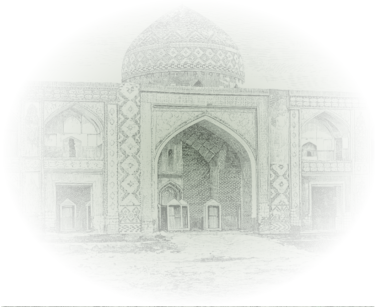Hors is a village in the Sharur-Daralayaz uezd of the former Iravan governorate, later in the former Keshishkend (Yeghegnadzor) district, and currently in the Vayots Dzor district. The provincial centre is located 24 km to the northwest of the town of Keshishkend, near the river running through the Hors valley, at a height of 1,660 m above sea level. It was marked as “Khors” in “The Iravan Province Review Book” compiled in 1728.
The village was solely inhabited by Azerbaijanis: 26 in 1831, 649 in 1873, 904 in 1886, 1,136 in 1897, 971 in 1904, 958 in 1914, 1,337 in 1916 and 664 Azerbaijanis in 1919. The Azerbaijanis living in the village were completely expelled in late 1919 after being attacked by Armenian armed forces. The Armenians relocated from Iran were settled there. The surviving Azerbaijanis managed to return to their native lands following the establishment of Soviet power in present- day Armenia. Along with the Armenians, the village was inhabited by 192 Azerbaijanis in 1922, 172 in 1926 and 234 Azerbaijanis in 1931. In November 1988, the Azerbaijanis were expelled by the Armenian government. At present, the village is inhabited by Armenians. There are a lot of historical monuments dating back to the 12th-14th centuries, the remains of the Alban Church, the Oghuz cemetery, the remains of the buildings of the ancient Oral Malukh and Gushkhana villages (13th -14th centuries) in this ancient Azerbaijani village.
The toponym was coined on the basis of the Turkic ethnonym “khors” (hors). The substitution of q ~ x ~ h sounds is typical for the Azerbaijani language. The ethnonym “khors” is also marked as “gors”, “khoros”, “khurs”.
According to the law “On the administrative-territorial division of the Republic of Armenia” dated 7 November 1995, it was integrated into the administrative territory of the Vayots Dzor province.
Geographical coordinates: latitude: 39°51’ N., longitude: 45°13’ E.
